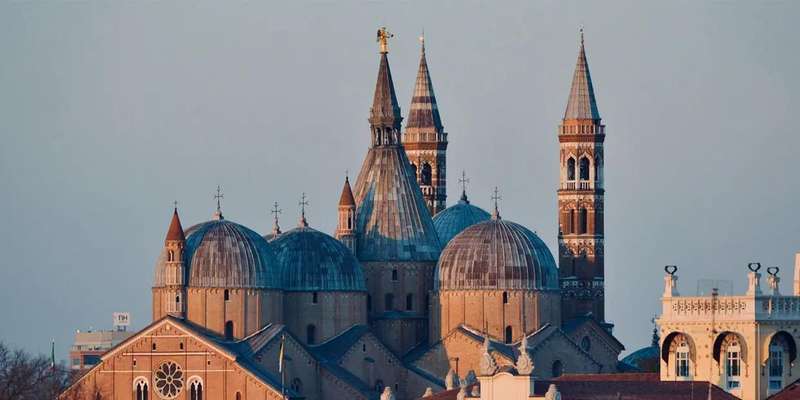- Home
- Useful Tips
- Padua's must-see frescoes...
Most visitors to Padua rush to the Scrovegni Chapel, missing the city's other extraordinary fresco cycles that offer equally stunning artistry without the crowds. Over 60% of cultural travelers report frustration with overcrowded sites, according to a 2023 tourism survey, often leaving without fully appreciating the art or understanding its context. The city's UNESCO-listed fresco heritage spans eight locations, yet many remain overlooked despite being just minutes apart. This oversight means missing Giotto's contemporaries, revolutionary naturalistic techniques that predate the Renaissance, and intimate viewing experiences where you can study brushwork at your own pace. For art lovers and history buffs, discovering these underrated masterpieces transforms a standard day trip into a profound journey through 14th-century innovation.


Where to find Padua's forgotten fresco masterpieces
Tucked away in unassuming chapels and civic buildings, Padua's secondary fresco cycles rival the Scrovegni Chapel in artistic significance. The Church of the Eremitani houses Guariento's vibrant Paradise fresco, a rarely crowded precursor to Giotto's work showing how celestial themes evolved. Just 300 meters west, the Baptistery of the Cathedral dazzles with Giusto de' Menabuoi's 1378 dome frescoes depicting biblical stories with astonishing perspective for their time. For those interested in secular art, the Palazzo della Ragione's 15th-century astrological frescoes span an 80-meter hall with remarkably preserved zodiac symbols. Locals recommend visiting these sites mid-morning when school groups are at the Scrovegni, allowing quiet contemplation of details like the Eremitani's restored martyrdom scenes or the Baptistery's intricate apocalypse imagery.
Timing strategies for uninterrupted fresco viewing
Padua's frescoed spaces have vastly different crowd patterns that savvy travelers can exploit. The Eremitani Church sees brief spikes around 11am when Scrovegni ticket holders kill time before their time slots, making early arrivals or late lunches ideal. The Baptistery operates on cathedral visiting hours rather than museum schedules, so coming during Sunday mass (when most tourists avoid it) rewards you with ethereal light through medieval windows illuminating the dome. Summer visitors should target weekdays after 3pm when cruise excursion groups have departed; winter offers the unique advantage of seeing frescoes under soft natural light with fewer than 10 visitors daily at secondary sites. Pro restorers working in these chapels often share fascinating insights if you visit during their morning coffee breaks around 10:30am.
Decoding the stories behind lesser-known frescoes
Understanding Padua's overlooked fresco narratives requires knowing what makes them revolutionary. The Eremitani's 'Execution of Saints' frescoes broke tradition by showing emotional anguish rather than stoic martyrdom - look for tear streaks on faces that shocked 14th-century viewers. At the Baptistery, Giusto's 'Genesis' dome arranges 78 biblical scenes in concentric circles meant to be 'read' upwards like a divine comic strip. The Palazzo's astrological frescoes served practical purposes, with farmers consulting seasonal symbols much like a medieval Farmers' Almanac. Local art historians suggest focusing on one thematic thread across sites, such as comparing how different artists rendered angelic hierarchies or natural landscapes. These layers of meaning become apparent when you're not jostling for space in crowded venues.
Combining fresco visits with authentic Padua experiences
Pairing fresco viewing with neighborhood discoveries creates a richer understanding of Padua's artistic legacy. After the Eremitani, explore the adjacent Jewish Ghetto's artisan workshops where traditional bookbinding and gold leaf techniques mirror fresco restoration methods. The Baptistery visit easily combines with Caffè Pedrocchi's historic rooms, where Risorgimento-era intellectuals debated under ceiling frescoes echoing civic themes. For Palazzo della Ragione visitors, the surrounding market stalls sell fresco-inspired marzipan fruits replicating those in the astrological cycles. Several family-run osterias near these sites, like Osteria dei Fabbri, feature fresco fragments in their cellars and offer affordable lunch menus. This approach turns art appreciation into a multisensory experience while supporting local businesses that preserve Padua's cultural memory.



